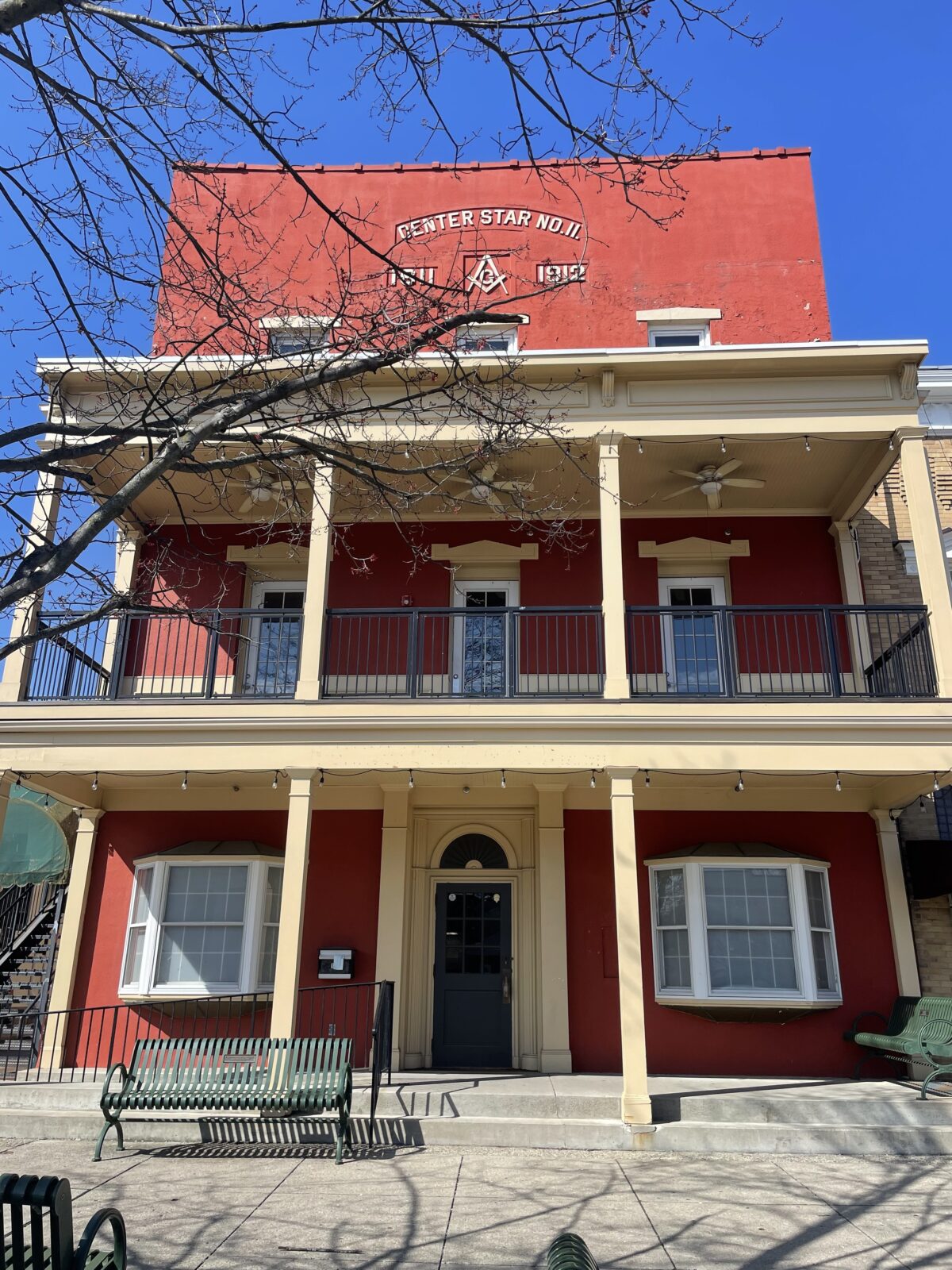A Granville landmark at 116 E. Broadway, last occupied by Donatos, has been purchased by JP Morgan Chase, according to county records.
The bank has asked the village to approve changes to the three-story structure originally known as the “Masonic Building.” The bank also is seeking permission to use a portion of the alleyway between the building and the Centenary Methodist Church to install a ramp for access to the building.
The village council held a hearing on the request during its meeting at 7:30 p.m. Wednesday (April 5) in Village Hall, 141 E. Broadway.
Darryll Wolnik, Village Planning and Development Director, said the bank has indicated that the Chase branch currently at 136 E. Broadway will move to 116 E. Broadway.
The Chase branch manager, contacted last week, declined to comment. The bank bought the property at 116 E. Broadway in November for $2.2 million, according to the Licking County auditor’s website.
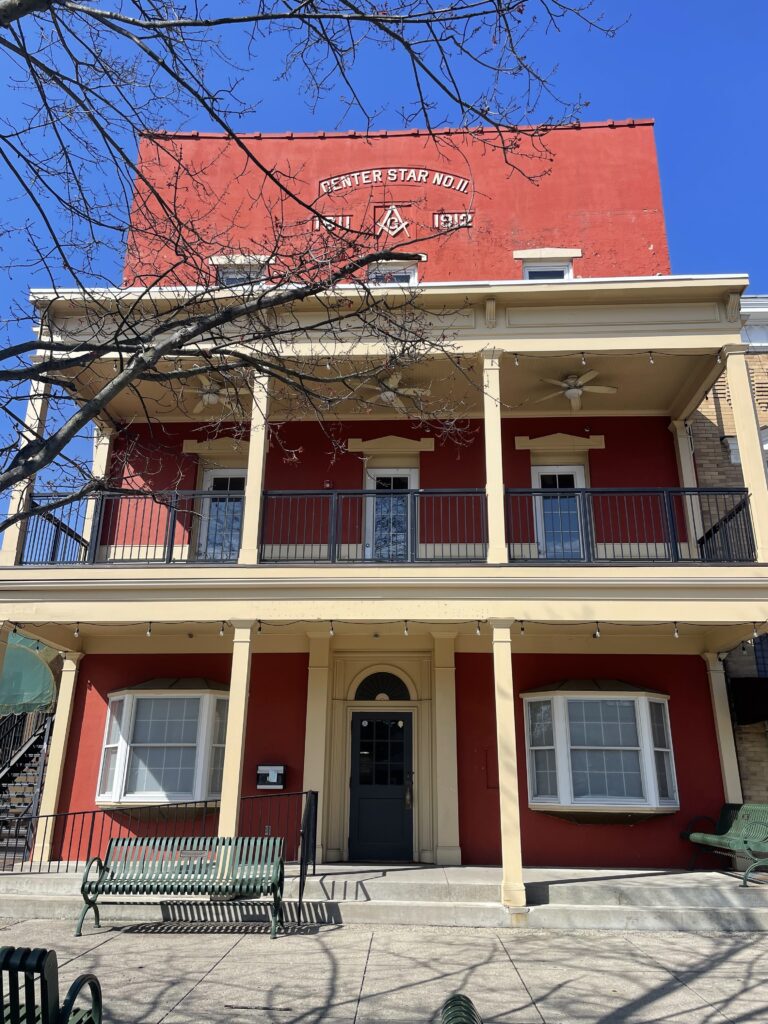
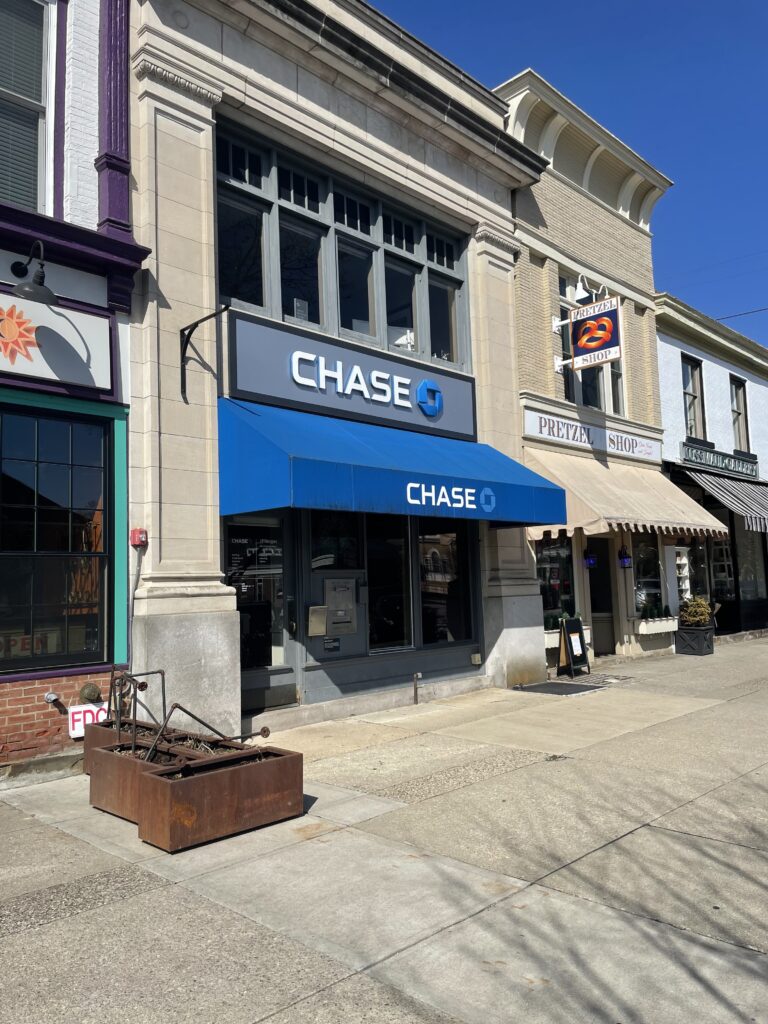
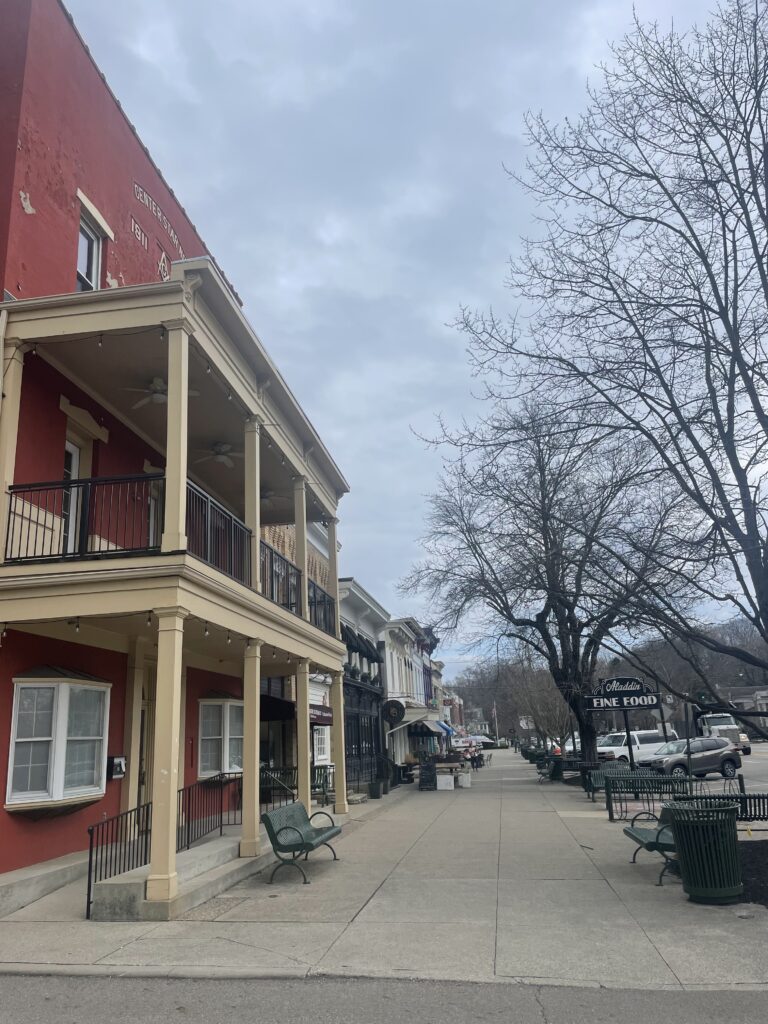
Bank plans submitted to the village show office spaces on the first and second floors of the building, while plans for the third floor are yet to be finalized.
“As far as we know, they will have offices on the third floor,” Wolnik said. “They may or may not occupy that space. They may rent it out. We don’t have that knowledge quite yet.”
Changes to the building proposed by Chase, according to documents submitted to the village for review, include adding the accessibility ramp, removing an outdoor staircase to the upper floors, removing the front porch roof and balcony above it, installing a new canopy over the front porch, and adding side and rear doorway entrances.
Requests to remove both the balcony and fire escape pertain to infringement on the public right of way, Wolnik said.
“In this case, given that the village is so old, the public right of way goes up right to the front door of these buildings,” he said.
For the bank to work in the public right of way, Wolnik said, the council will have to issue a “general use permit,” which would give Chase permission to begin making changes within the public area. The council approved the permit during its April 5 meeting.
The recent history of the building includes Brews, a restaurant and pub, and Brews II, an upstairs bar prior to Donatos. Before Brews, it was occupied by another bank – First Federal Savings & Loan, which now has an office on North Prospect.
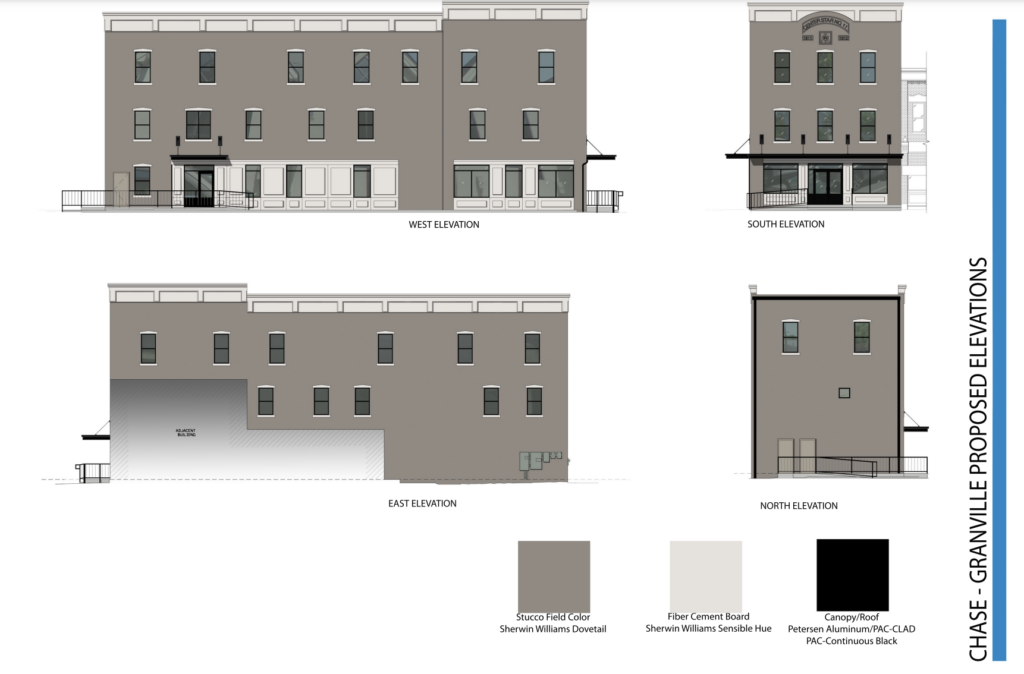
The building anchoring the west end of the iconic block of shops on the north side of East Broadway has been vacant and for sale or lease since Donatos closed in 2021 after five years of business there.
The site is known as the “Masonic Building” because the fraternal organization met for decades on the third floor. The original structure dates to the mid 1800s, according to a 2011 story in The Historical Times, a quarterly publication of the Granville Historical Society.
The basement and two-story structure were “built in 1858 or 1859 by prominent Granville citizen William S. Wright,” according to the story by Lyn Boone, a retired Denison University administrator.
For many years, the businesses that inhabited the building dealt in dry goods, Boone wrote.
Historical society archives show that products such as spools of thread, bars of soap, shoes, and tailored suits were sold by what Boone wrote was “the dizzying succession of proprietors.”
The prominent third story of the building was added in 1912, built for the Masons to use as their meeting place, which they called their temple.
“The Masons used their third-story quarters faithfully for seventy years, and departed only when the rooms were deemed unsafe in 1982, according to a 1985 pamphlet printed for the dedication of the Heath Masonic Complex, which incorporated the Granville group,” Boone wrote.
She traced the various uses and owners of the building, noting a grocery store, several barber shops, a dentist’s office, the home and business of a seamstress and other residences in the upper floors.
Annie Kennedy writes for TheReportingProject.org, the nonprofit news organization of the Denison University Journalism program, which is funded in part by the Mellon Foundation.

